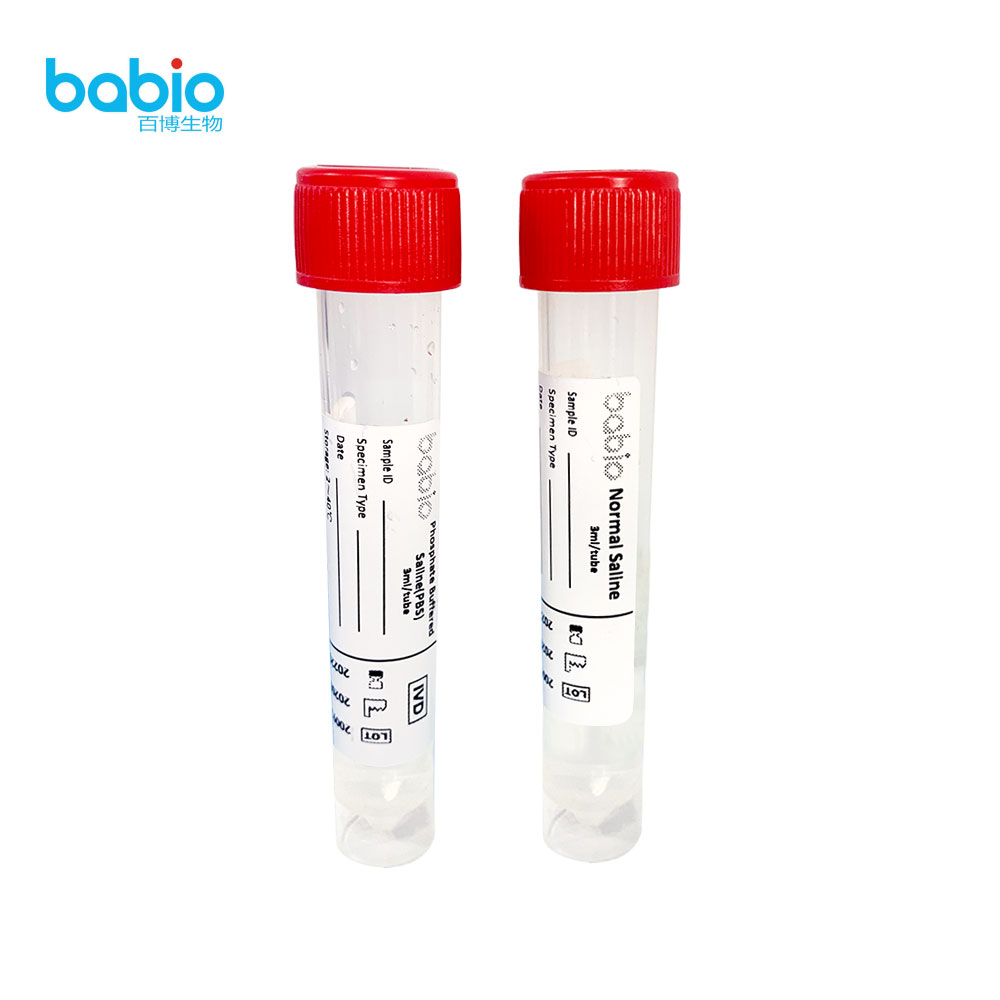Physiological saline, also known as sterile saline, refers to a sodium chloride solution whose osmotic pressure is basically equal to the osmotic pressure of animal or human plasma in physiological experiments or clinical practice.
Concentration: 0.67 to 0.70% when used in amphibians, 0.85 to 0.9% when used in mammals and humans. The concentration of sodium chloride injection that people usually use for intravenous drips (drawing needles) is 0.9%, which can be used as normal saline. Its osmotic pressure is similar to that of human blood, and the content of sodium is similar to that of plasma, but the content of chloride ions is significantly higher than the content of chloride ions in plasma. Therefore, physiological saline is relatively physiological, and its purpose is to supply electrolytes and maintain body fluids. tension. It can also be used externally, such as when cleaning wounds or changing dressings. When making human cell slides, 0.9% sodium chloride solution can maintain the normal shape of the cells.
It is a 0.9% sodium chloride aqueous solution, because its osmotic pressure value is about the same as that of normal human plasma and tissue fluid, so it can be used as a rehydration solution (without reducing and increasing the sodium ion concentration in a normal human body) and other medical treatments. Uses, also often used for culturing living tissues and cells in vitro. It is the concentration of the liquid environment where human cells are located.


